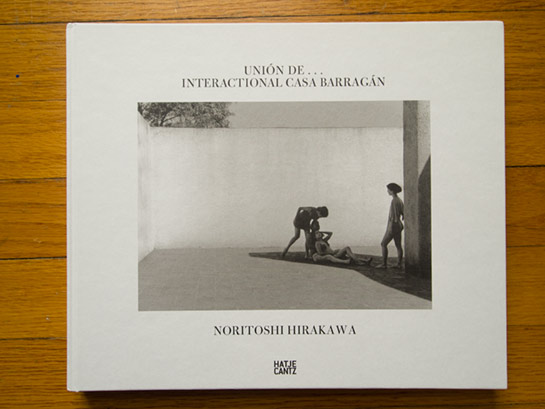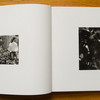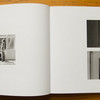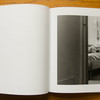Review: Unión de… Interactional Casa Barragán by Noritoshi Hirakawa

Luis Barragán was a very well-known, influential architect, whose house was converted into a museum after his death. To get a quick, simple impression what the house looks like inside (especially if you’re unable to read Spanish - like yours truly), visit this page. Noritoshi Hirakawa is a contemporary Japanese artist, working in photography, film, dance, installation and performance. Speaking about his photography, the artist said “The camera can be a very good excuse to connect men’s and women’s desires.” (quoted from this page, which features some photographs). Now what happens when you - metaphorically speaking - throw the Casa Barragán and Noritoshi Hirakawa into one pot? (more)
Another way to phrase this question would be to ask how an artist like Noritoshi Hirakawa will deal with the challenge of an architectural commission. This is not an overly unusual situation. In the (fairly recent) past, James Welling produced Glass House, portraying the Philip Johnson Glass House. Thomas Ruff photographed buildings by Swiss architects Jacques Herzog and Pierre De Meuron (in this case, good links are unfortunately not easy to come by). Walter Niedermayr collaborated with Japanese architects Kazuyo Sejima and Ryue Nishizawa (SANAA). Mikael Olsson photographed two buildings by Swedish architect Bruno Mathsson, to produce Södrakull Frösakull1.
In all of these case, the viewers is essentially witnessing an elaborate dance, if not artistic mating, a mating that reminds me of what you can observe in the world of spiders. The photographer typically assumes the role of the male spider, trying not to get, well, eaten. In other words, the visual artist tries to make sure that the end results are not “just” architectural photographs. Not that there’s anything wrong with architectural photographs. But in purely architectural photographs, the photographer essentially disappears. And people like Ruff or Welling or Niedermayr or Olsson or Hirakawa do not want to disappear - quite on the contrary. In a public talk, Ruff summarized things by saying that the problem with architectural commissions is that the architect always gets at least 50 percent of the credit (I’m quoting this from memory).
So how does Noritoshi Hirakawa solve the problem of Casa Barragán? He hires a group of dancers and has them act out the connection between “men’s and women’s desires,” using the building as a backdrop. The word backdrop does the role of the building slight injustice, in that it’s not just a stage, to be acted upon. It is a space, to be acted in, working within its confines, restrictions, and possibilities. The colours of the building disappear through the use of black and white - probably a smart choice.
Unión de… Interactional Casa Barragán contains the results of the commission. And the male spider manages to stay alive: The photographs contain more of Hirakawa than of Barragán - as a matter of fact if you didn’t know it was an architectural commission you wouldn’t even really notice. So we have men and women, in all kinds of state of dress or undress, interacting, an intricate play of (frustrated?) desire. Some of the images reminded me of Carnal Knowledge by Malerie Marder, without feeling quite as openly staged.
Recommended.
Unión de…Interactional Casa Barragán, photographs by Noritoshi Hirakawa, texts by Tobia Bezzola, Baudelio Lara, 128 pages, Hatje Cantz, 2012
1 I’m sure there are more cases, but I’m not aiming for completeness here.







